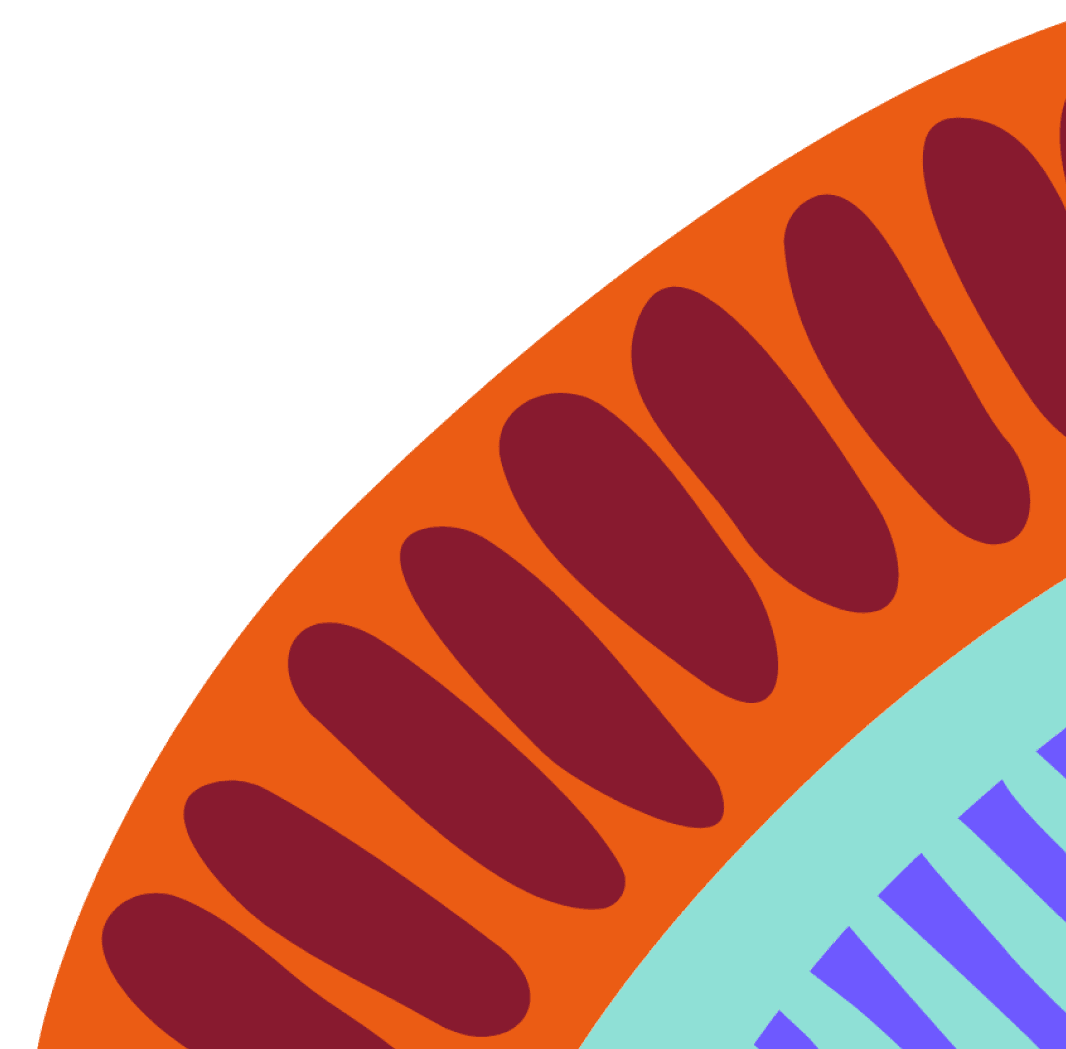The Killing Times

The aim was to eradicate Aboriginal and Torres Strait Islander people.
Mass killings, or massacres, of Indigenous people by colonists began in the 1790s and continued for the following 140 years. These killing times have caused lasting, intergenerational trauma.
British soldiers armed with muskets, on foot, were the first slaughterers. Later, massacres were perpetrated by settlers and police, including native police under the command of white officers. As colonial frontiers pushed inland and firearms became readily available to settlers, the perpetrators arrived on horseback and used rifles, shotguns, and carbines to hunt down and kill their victims. As well as shootings, there were recorded incidences of poisoned flour being distributed by white settlers to Aboriginal people. Some massacres in Tasmania involved chasing entire clans – women, men, elders, children, and babies —over cliffs into the sea and onto rocks below.
Massacres account for the loss of between 10,000 and 14,000 Aboriginal and Torres Strait Islander lives. The killings took place at more than 400 sites across the mainland and Tasmania.
Just under half (49%) of the killings were carried out by police and other colonial or state officials. Fifty-one percent were carried out by civilians.
Most killings were well planned and sanctioned by colonial, later, state governments ‘to teach them a lesson’ — for example, in reprisal for thefts of livestock. As the hinterland was opened up, the massacres increased with more killings occurring between 1860-1930, than in the years after settlers arrived in 1788. Large pastoral companies were often involved in the killings. Most of the massacres perpetrated by stockmen took place in the Northern Territory.
There were 19 recorded genocidal massacres in a short period from 1860, carried out by the same perpetrators over a number of weeks in reprisal for the killing of a colonist or colonists.
While there was implicit, sometimes explicit, government approval for their actions, perpetrators made efforts to cover up the killings with mass burnings or burials of the victims’ bodies. No rituals or ceremonies were observed.
Sources:
Emeritus Professor Lyndall Ryan, based at the University of Newcastle, has, over the past eight years, led a comprehensive research study funded by an Australian Research Council (ARC) grant investigating Violence on the Australian Colonial Frontier, 1788-1960.
As part of the study, researchers have developed an interactive map of colonial massacre sites: https://c21ch.newcastle.edu.au/colonialmassacres/map.php.
